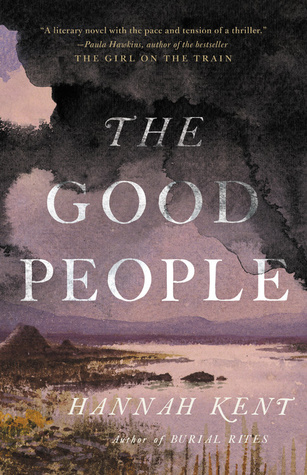As the novel opens, the Ingalls family, Caroline (Ma), Charles (Pa), Mary, and Laura, is packing up their covered wagon to make the long trek from Wisconsin to Kansas, leaving behind their extended family, furniture, and everything that is usual for them. Charles is excited about the journey, eager to leave the known and to make a claim on the wide open prairie in Kansas. Caroline is more reticent about going, knowing that she is early in a pregnancy with their third child, fearful of moving to Indian territory, and reluctant to leave her loved ones, perhaps forever, but she is willing to follow her beloved Charles wherever he thinks they'll find the most opportunity. The months of travel in the tiny wagon, facing the reality of the hardships, both imagined and surprising, mothering two young and impressionable children, and suppressing her own thoughts and feelings to spare Charles or the girls takes a toll but Caroline rarely, if ever, complains aloud. While raising a house on a distant claim and turning it into a home, bringing a child into the world with only a stranger to assist her, and attending to her daily domestic sphere, Caroline's life is full of both overwhelming difficulty and ethereally beautiful moments.
Caroline is very much the main character of the novel. There are glimpses of Mary and Laura as portrayed in the Little House series, but they are not the main focus at all. Although written in the third person, the novel is very much internal to Caroline. As she goes about her daily chores, the reader is privy to her thoughts and feelings about parenting, the prairie, being a wife, and the Indians who sometimes come uninvited into her very cabin. Her fears and sadness, as well as joys and delights, are pretty equally balanced in the portrayal and she is definitely a woman of her time. The plot flows placidly most of the time through the long journey and the domestic chores but it is occasionally interrupted by peaks of action as when they cross the swollen creek, the Indians arrive in the cabin, baby Carrie is born, or the fire sweeps towards them. With each of these incidents, it is clear that Miller has done extensive research, not just reconciling her story to the original Little House tale but also to what is historically accurate. Miller has drawn Caroline's feelings beautifully. Her love and frustration towards her children will resonate with any parent. The reality of love and marriage with children always within sight and hearing is carefully handled, much of it no more than musings and wishing on Caroline's part although there are a few more visceral moments as well. Readers who know Little House on the Prairie will know the entire story told here but it is interesting and different to see all the events through an adult's eyes instead of a child's. Miller has captured the sturdy loneliness of women settlers of the time in a nuanced and lovely way and those who are fans of Laura Ingalls Wilder's books as well as those interested in the women who helped their husbands push against the frontier will find this chronicle of life on the prairie to be a worthwhile and thoughtful read.
For more information about Sarah Miller and the book, check out her website, like her on Facebook, or follow her on Twitter or Instagram. Check out the book's Goodreads page, follow the rest of the blog tour, or look at the amazon reviews for others' thoughts and opinions on the book.
 Thanks to Trish from TLC Book Tours and Harper Collins for sending me a copy of this book to review.
Thanks to Trish from TLC Book Tours and Harper Collins for sending me a copy of this book to review.







 This meme is hosted by Kathryn at
This meme is hosted by Kathryn at  This past week's mailbox arrival:
This past week's mailbox arrival:


























